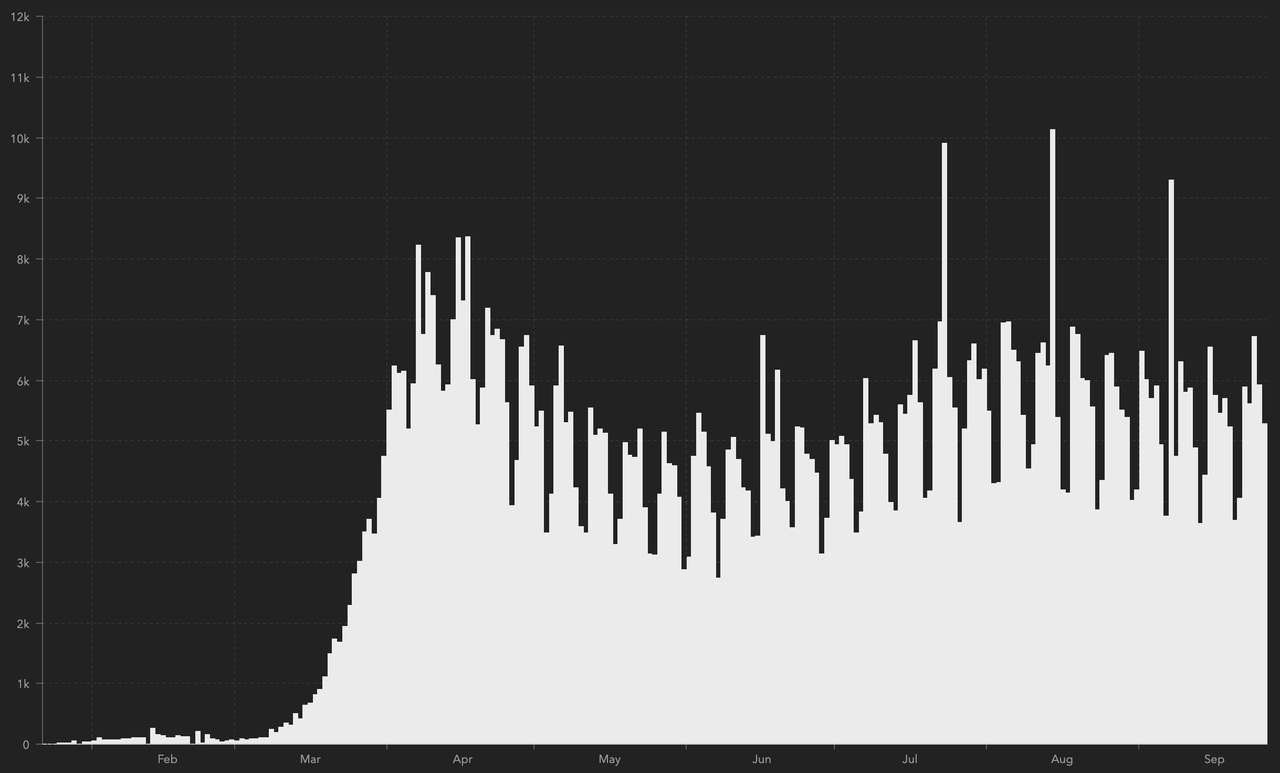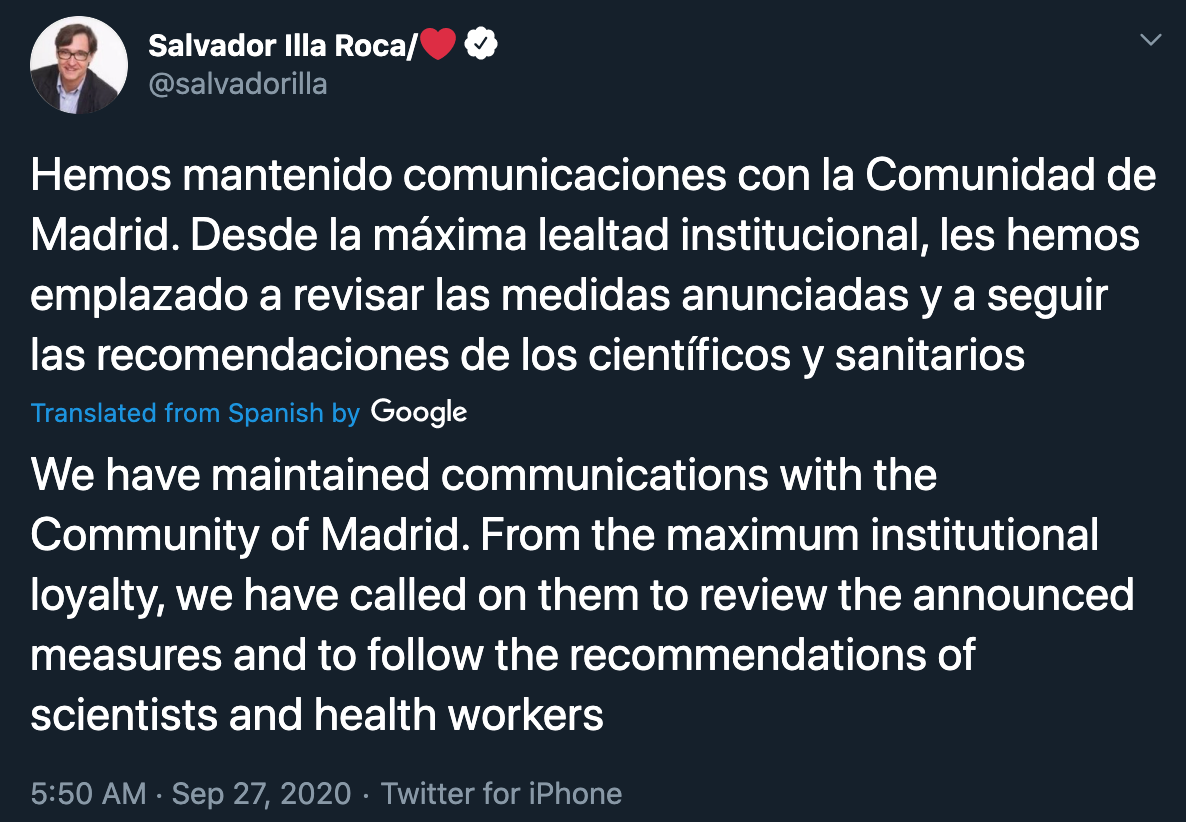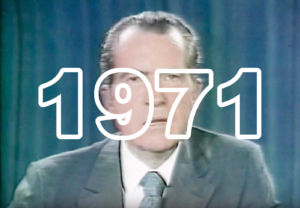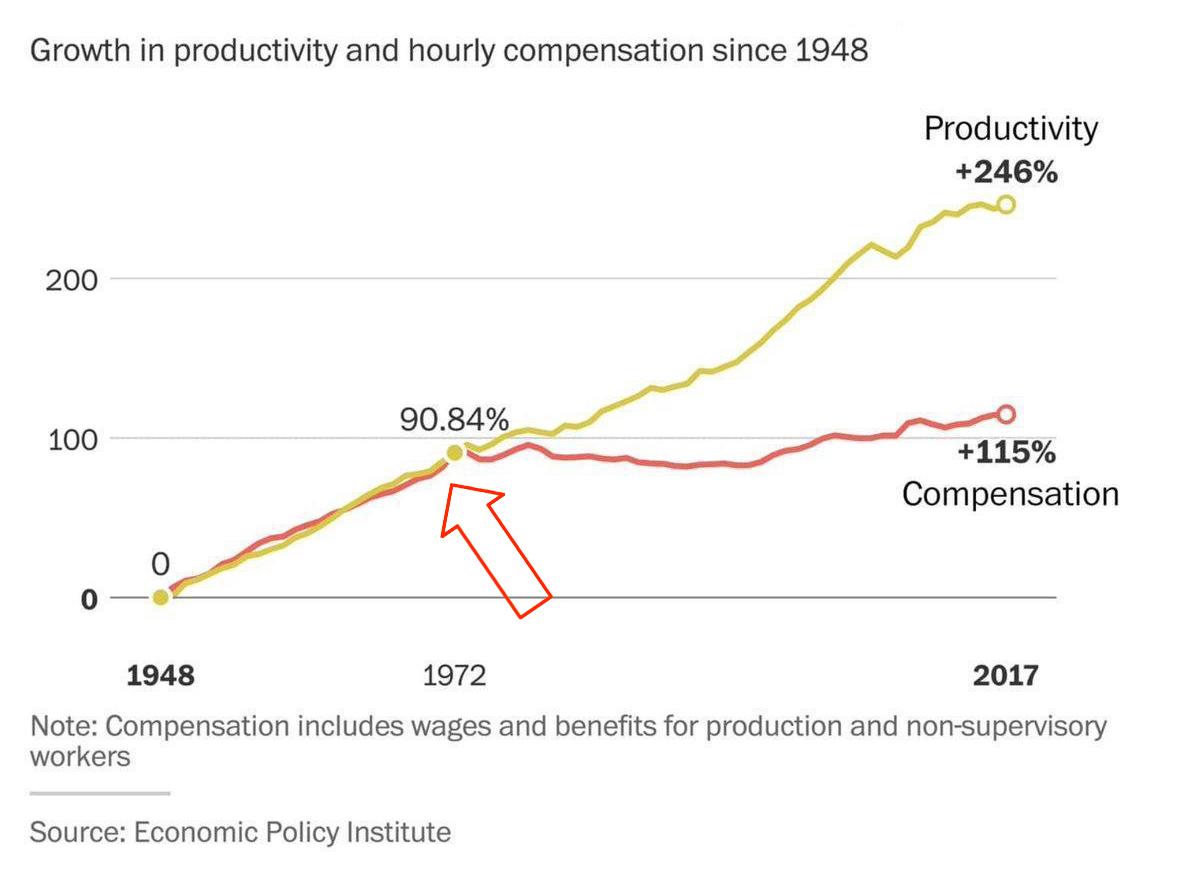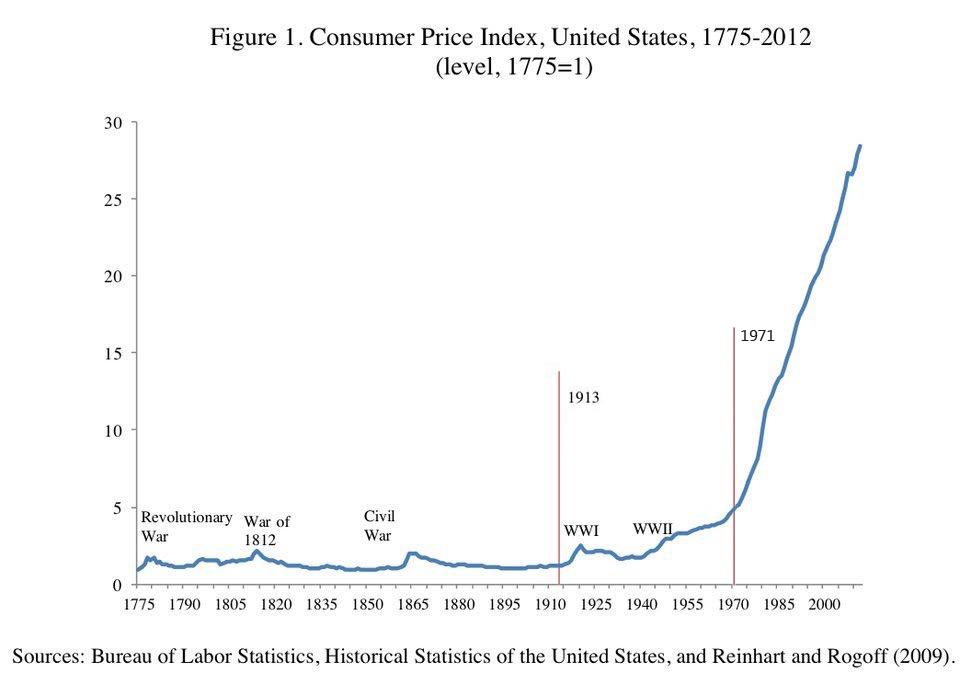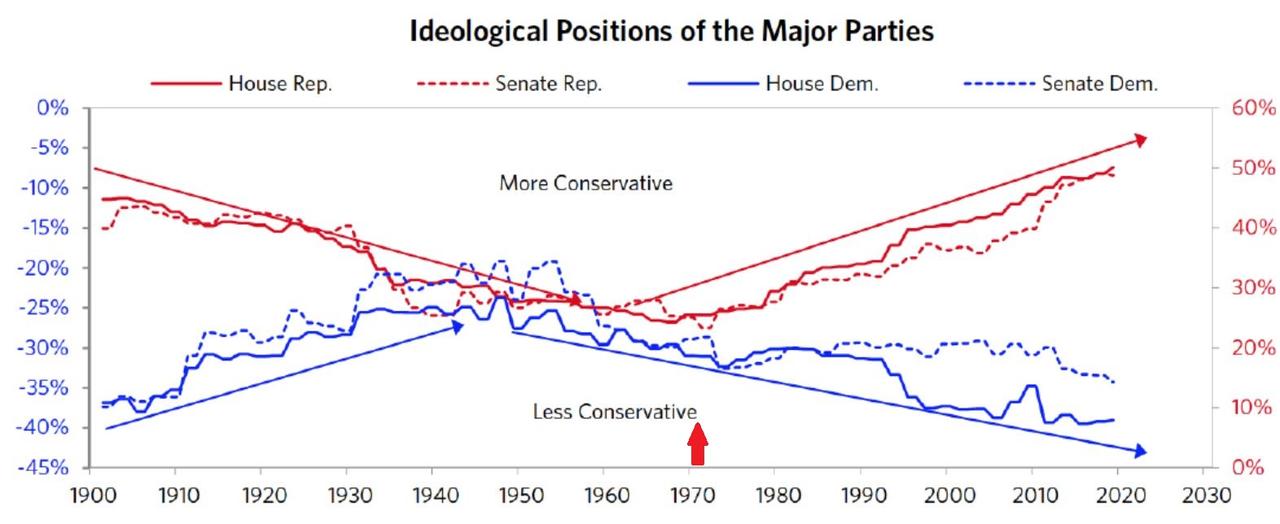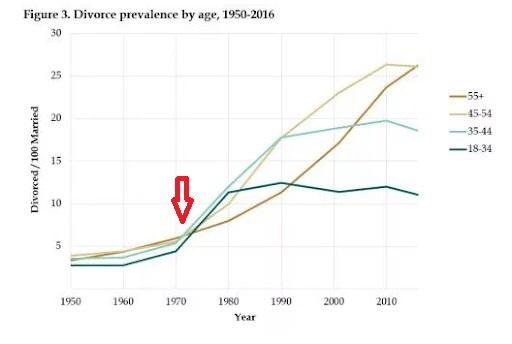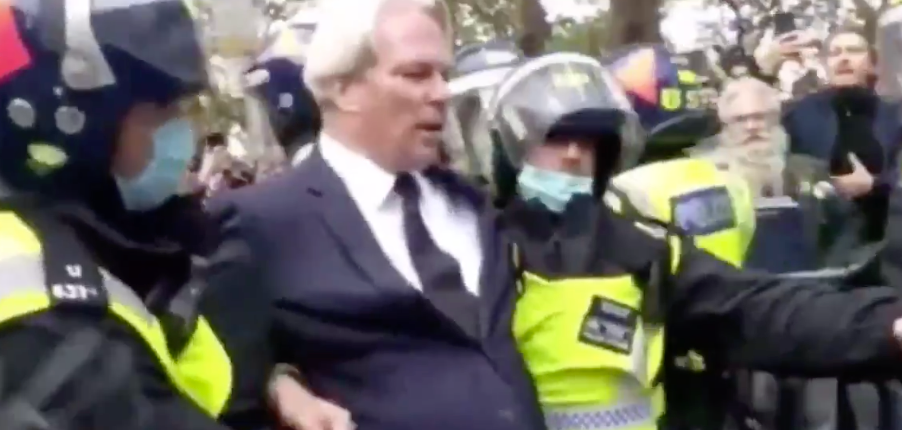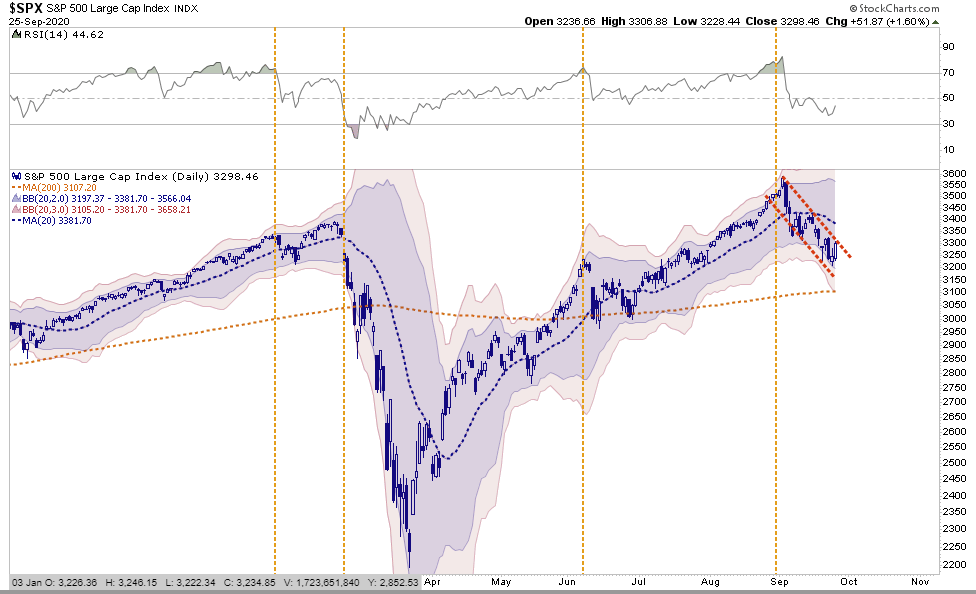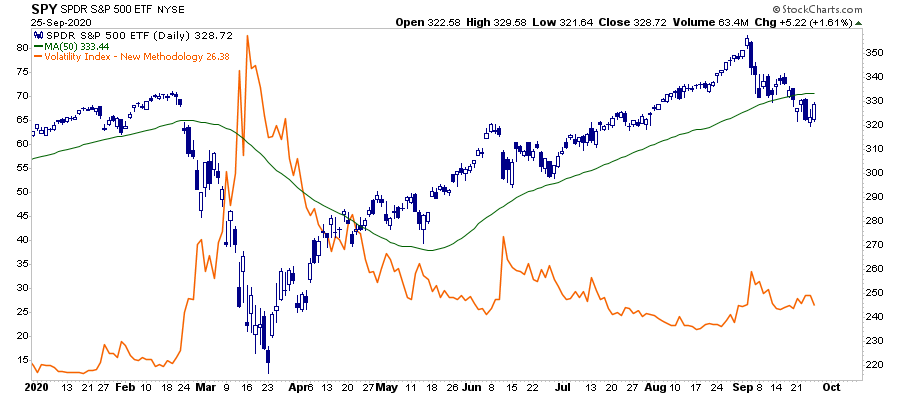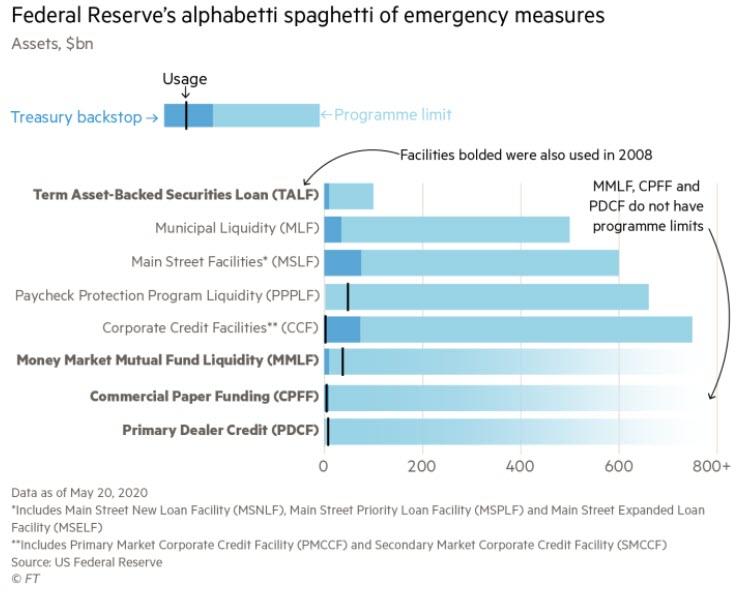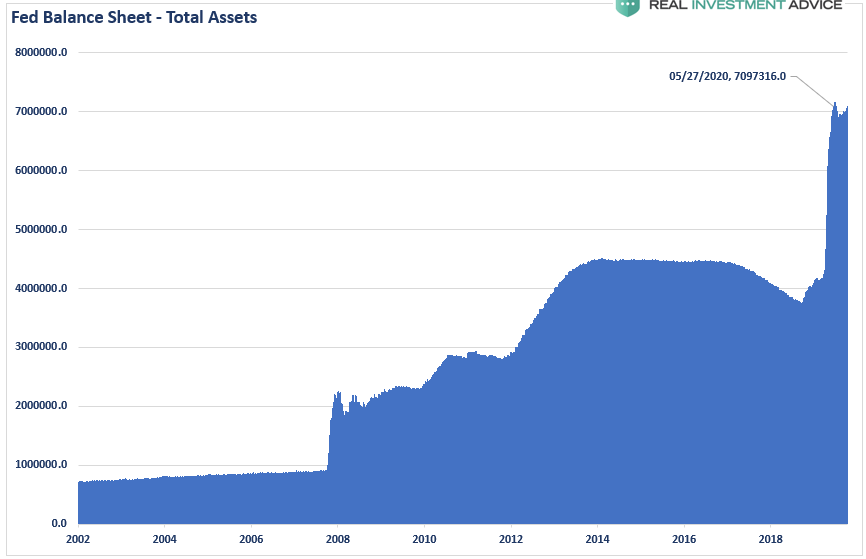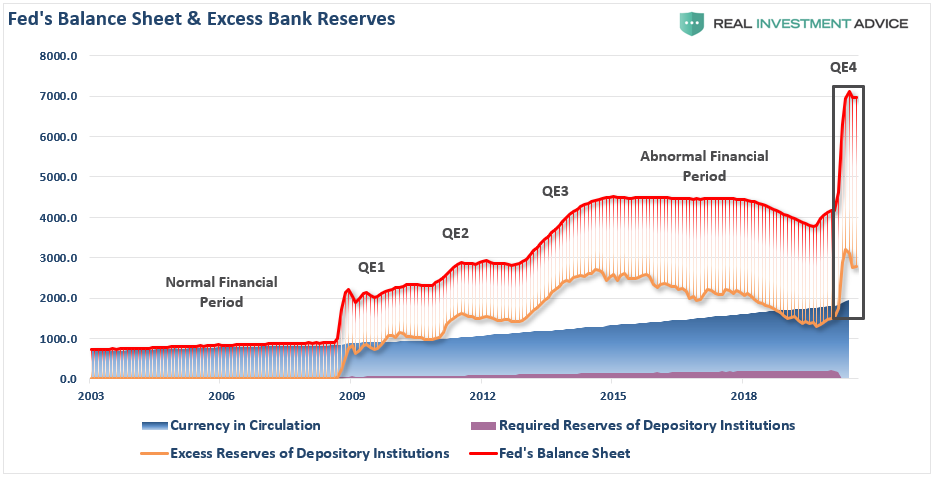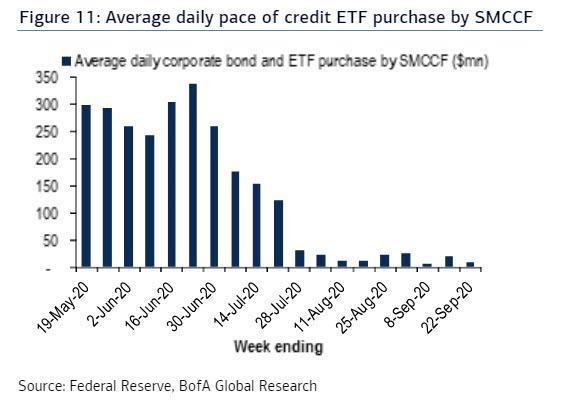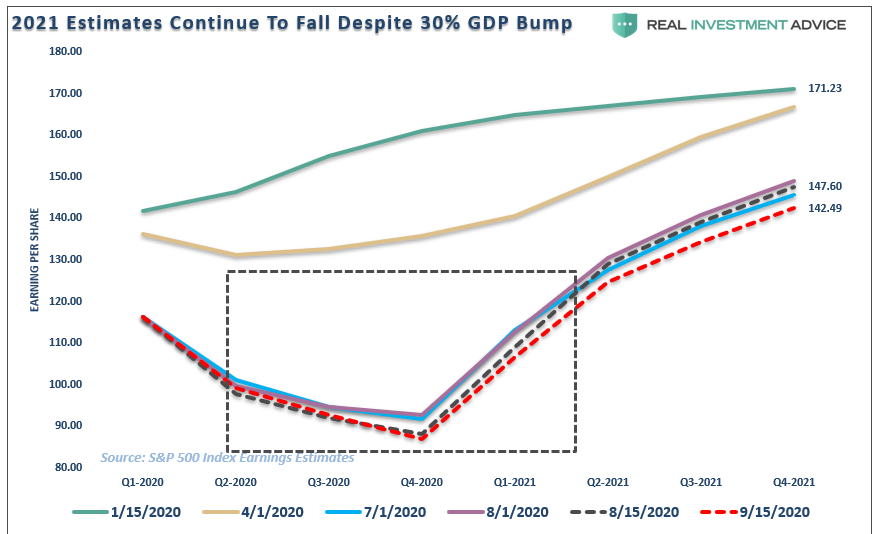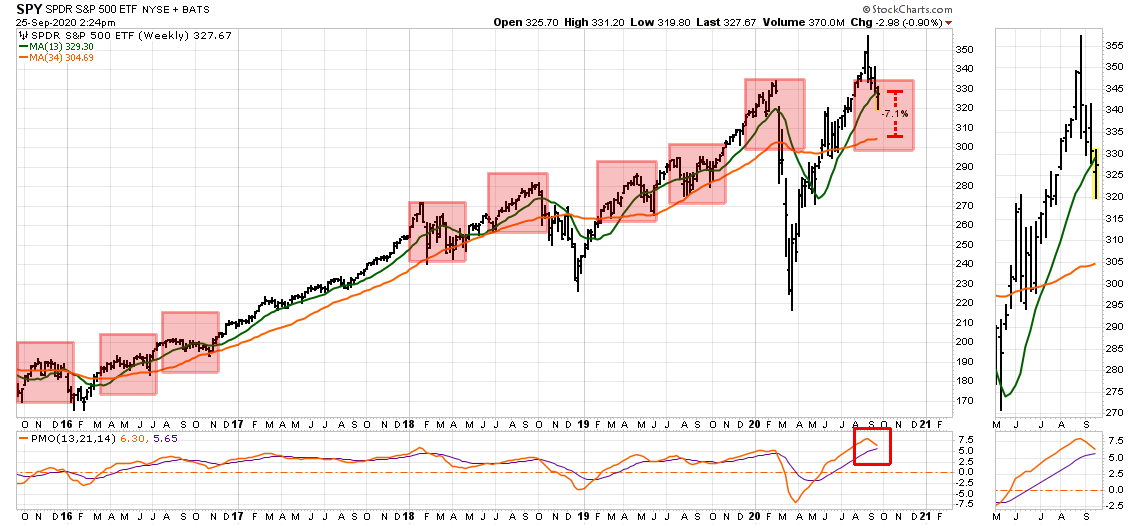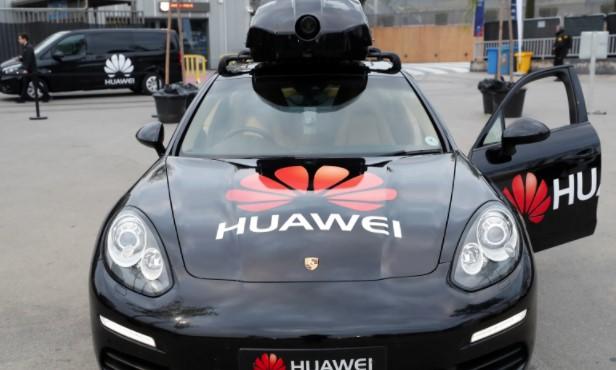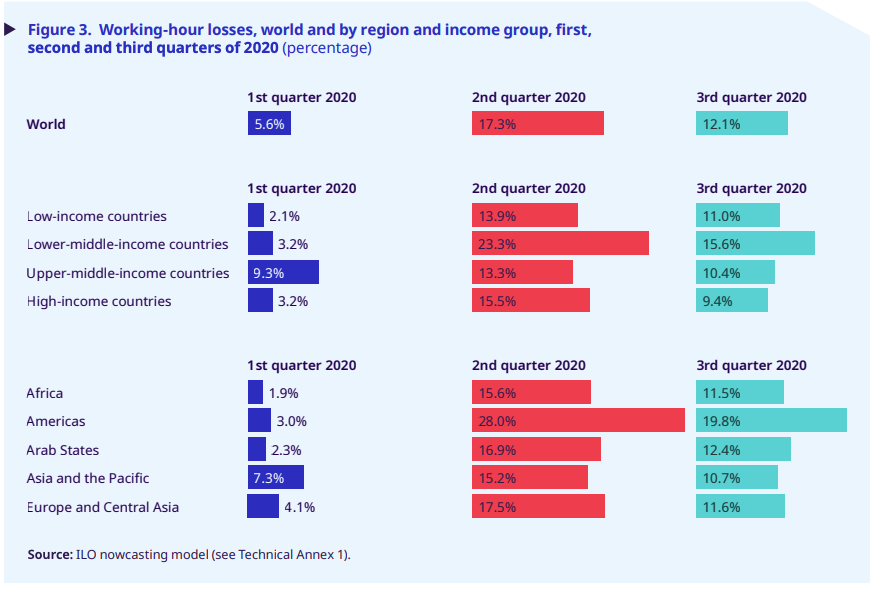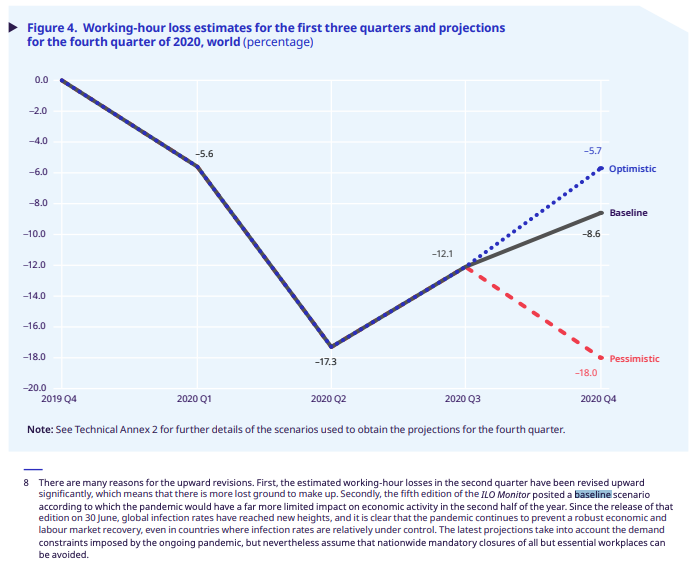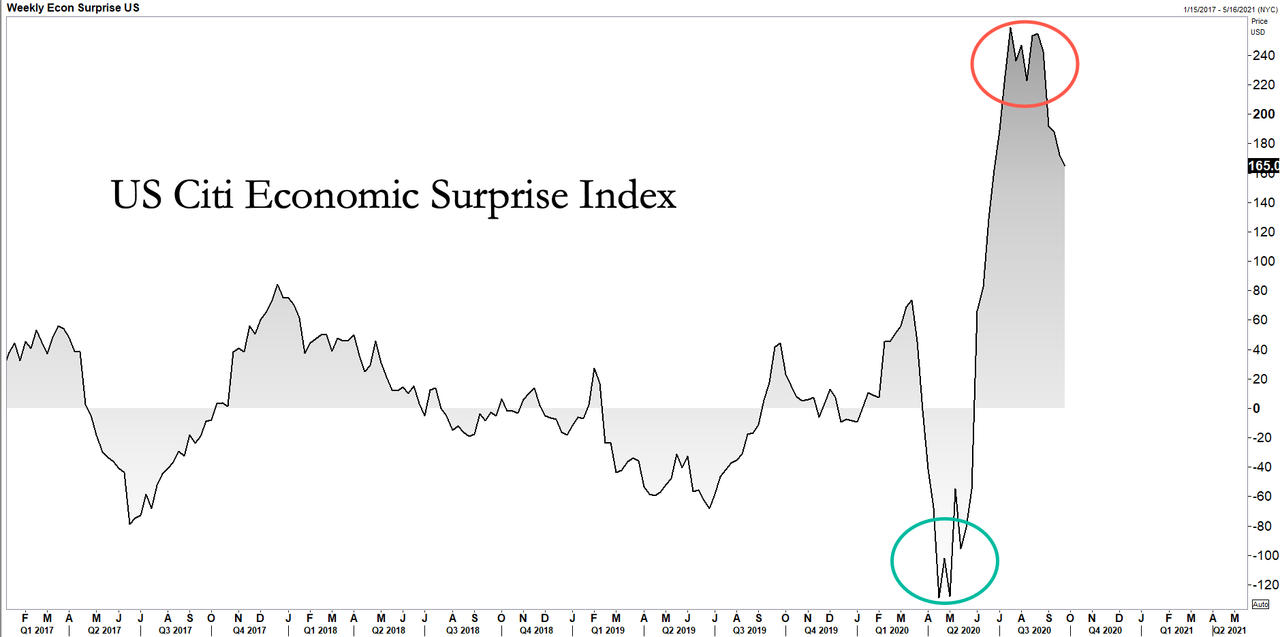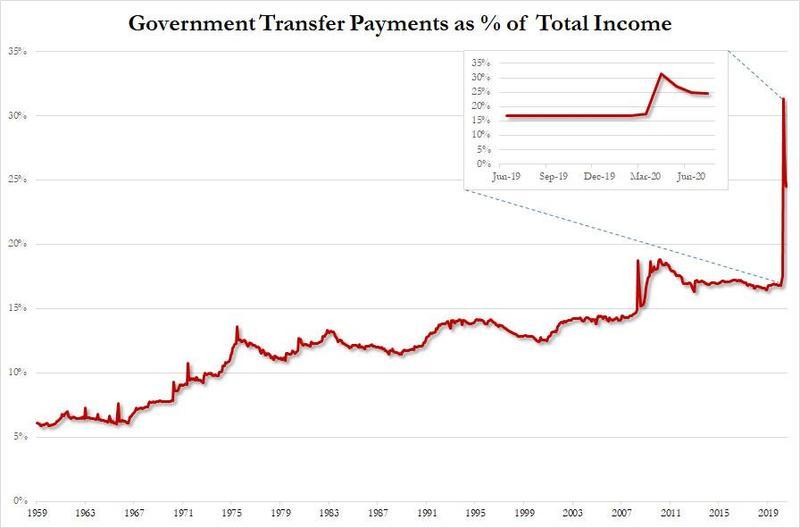Academic Appropriation? Joe Biden Claims He Attended ‘Historically Black College’…
Tyler Durden
Sun, 09/27/2020 – 11:20
A tape has surfaced of Democratic presidential nominee Joe Biden bizarrely claiming that he “started” at a historically black college in speaking to supporters in South Carolina during the primary. Biden has never made any mention of going to Delaware State University and it is not clear why the many reporters in attendance at the event did not ask when he attended a HBCU. Indeed, he would be the first president to claim such a distinction. He might also have been inartfully referencing his start as a politician. Alternatively, this would seem like an academic version of cultural appropriation. It would seem a valid point of clarification for the media.
This story obviously created an immediate buzz among professors who tend to track academic credentials and associations of presidents and other leaders. It would certainly be a significant story if a president attended a HBCU but I am not sure what Biden meant by his statement.
Most obvious interpretation was that Biden was claiming to have been a student at Delaware State when he spoke at October 2019 town hall event held at the historic Wilson High School in Florence. The school was founded in 1866 by the Freedmen’s Bureau for Black children. He stated “I got started out of an HBCU, Delaware State — now, I don’t want to hear anything negative about Delaware State,” Biden told the crowd, as shown on video. “They’re my folks.”
The university has stated that he was never a student there. It said that it has only records of a couple of visits as a commencement speaker.
The statement is so weird that I have tried to find an alternative meaning. One possibility was that he got a job teaching there. However, he never claims such a position. I am not sure when that could have happened. He became a bar member in 1969 and was elected the very next year to the New Castle County Council in 1970. Two years later he was elected to the United States Senate.
Another possibility is that he is claiming that he started his political career at the school, but again the campaign has said nothing and his own book does not mention the connection. Did he launch his campaign for the New Castle County Council at the university? I believe the university is about 45 minutes away in Dover from New Castle. He might be referencing his start for the Senate. The campaign however has gone days without explaining if there was a speech launching his campaign from the university (though that would raise some issues on the use of a state school). Absent such an explanation, the clear impression is that he attended a HCBU as a student.
Biden has been previously criticized for false claims ranging from graduating in the top half of his class to having three degrees from college to being the first in his family to attend college to coming from a family of coal miners to being arrested in trying to meet with Nelson Mandela.
Obviously, President Donald Trump has also been regularly and correctly flagged for false statements, including denials of his prior statements. I have joined in that criticism. Yet, that is no reason to also demand accuracy or explanations from his opponent. If President Trump made such a statement, it would have had every network and newspaper demanding clarification or proof.
The story also magnifies the concerns over the lack of serious journalism surrounding Biden, who has been routinely given softball questions and faced little scrutiny from the press corp. Interviews with Biden have been cringeworthy as reporters from major media seem to actively assist the campaign in staging favorable pressers. I could not find any reporting of this extraordinary statement when it was made in the primary. There is still little reporting. If this video is false, it is a major story. If it is true, it is an even greater story. Yet, once again, there has been virtually no coverage of the claim. I seriously do not know what to make of the story but there seems very little interest in whether Biden is the product of a HCBU or falsely claimed such a status. Biden can simply clarify the point. As an academic, I am honestly interested in what role a HCBU played in his career and I do not believe that this is a major scandal. Yet, if it was a reference to launching his career from the Delaware State campus, it is incredibly interesting. Indeed, with the discussion of HCBU funding throughout the campaign (including in his speech), it would seem something that the campaign would have been emphasizing.
via ZeroHedge News https://ift.tt/36boGPR Tyler Durden

